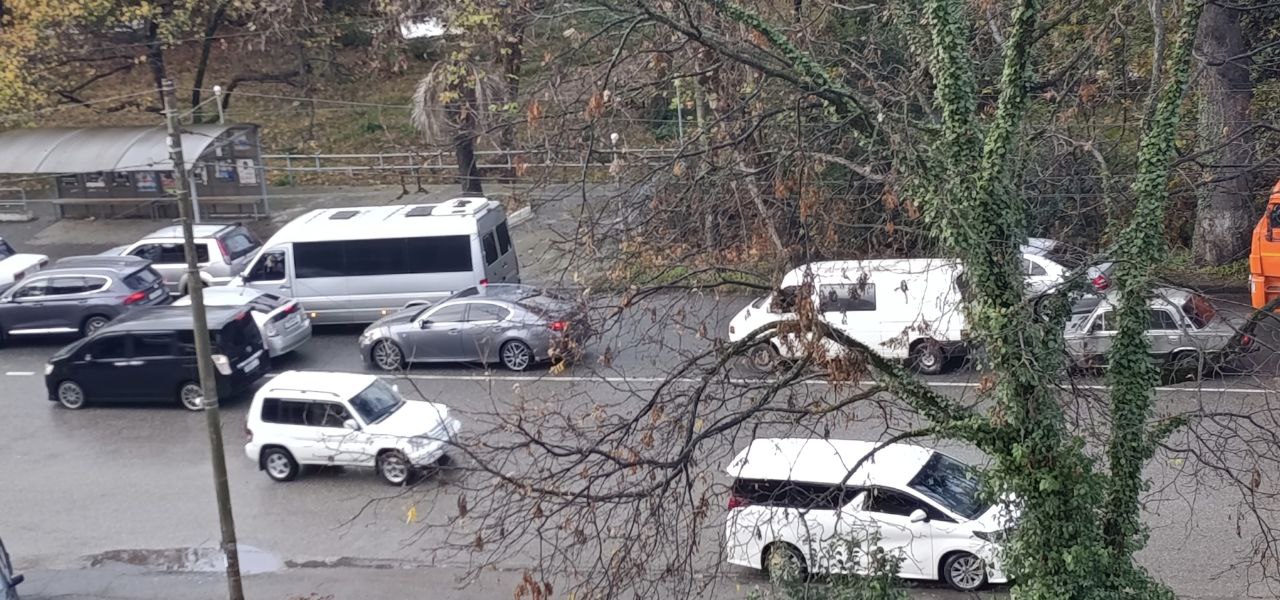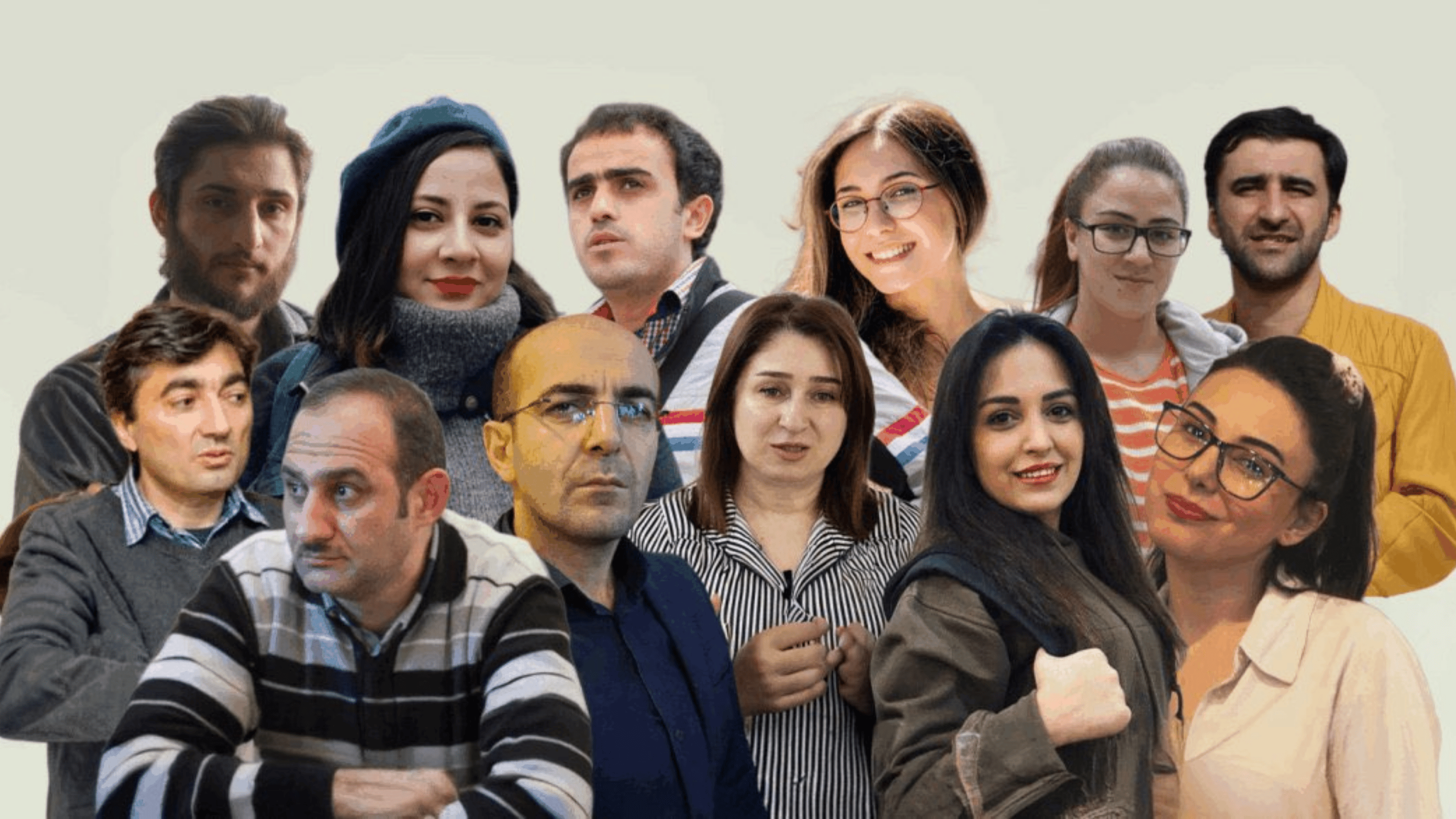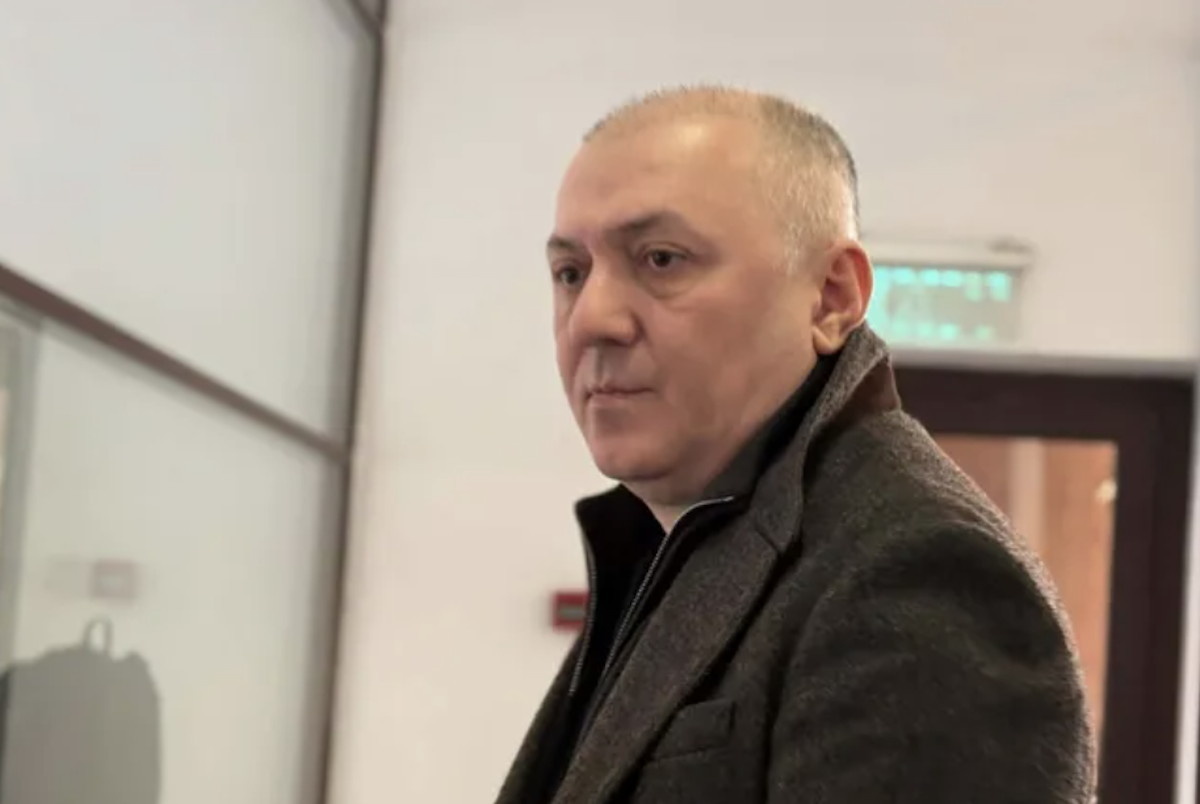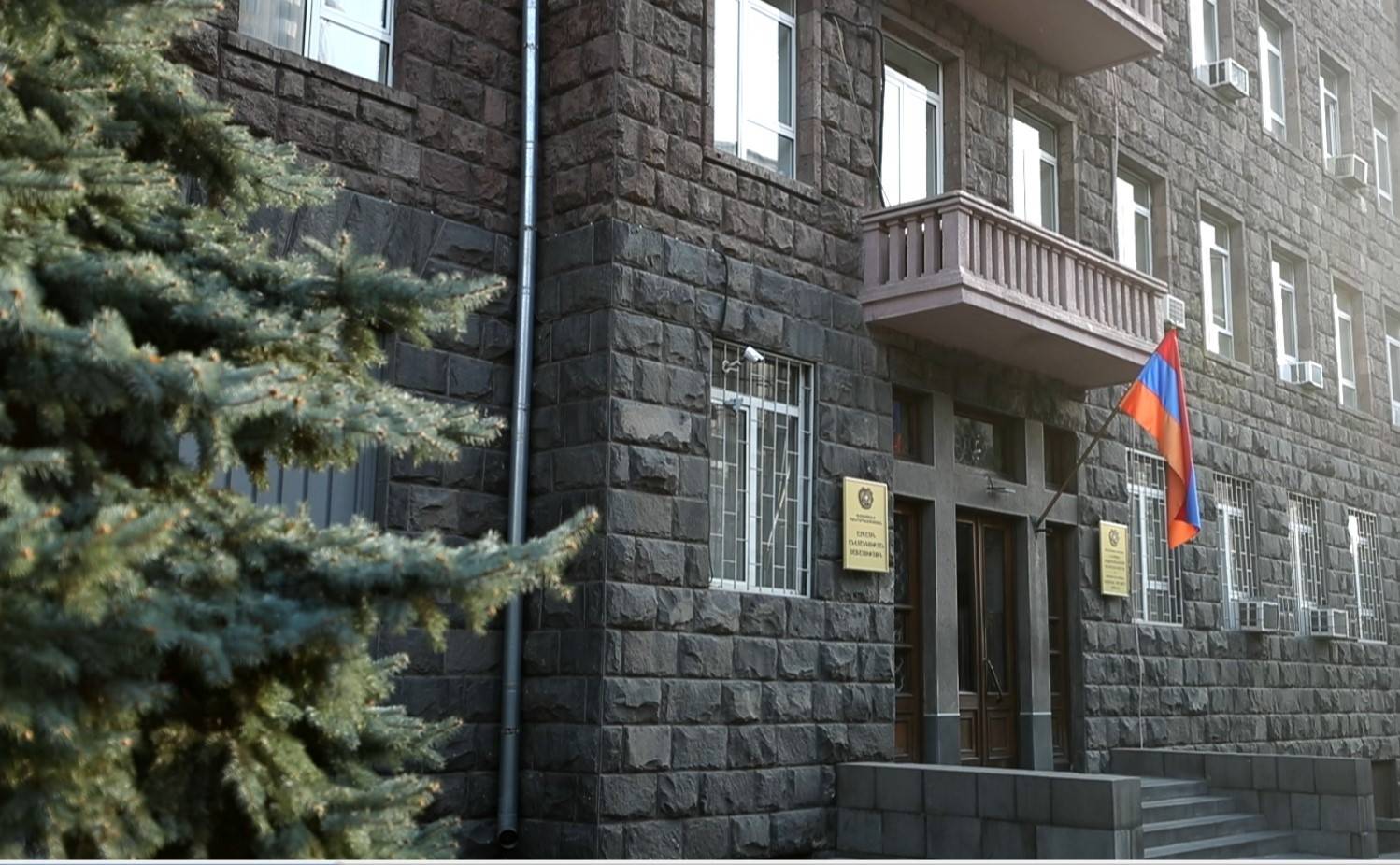When breathing is unsafe
The International Energy Agency’s special report has gone viral on Georgian Facebook in recent days.
According to the Agency’s study’s findings, Georgia is ranked the first in the world in mortality rate attributed to air pollution (per 100,000 people).

The methodology used and conclusions made by this document may possibly be matter for dispute (and it has actually become so. Many Facebook users have written that they can’t believe the air in Georgia is more polluted than in India).
However, it doesn’t actually matter, whether we believe this rating or not. The most important thing is that almost everyone agrees that air pollution is a serious problem in Georgia, and it is one of the most important challenges the government must tackle.
More and more citizens think this way, too. For example, people interviewed as part of the National Democratic Institute’s (NDI) 2015 survey named pollution of the environment in their city/village among the most pressing problems they faced (this problem was ranked first throughout Tbilisi).
The fact is that this problem is no longer a mere discomfort, and the data provided by the National Center for Disease Control (NCDC) testifies that. According to the NCDC data, the incidence of respiratory diseases has increased by 3.5 times in Georgia from 2000-2012.
According to the same NCDC data, motor traffic is the source of this pollution in Georgia.
What should the government do to improve the situation?
The experts agree that vehicles should become the politicians’ primary target. Two important objectives necessary to help remedy the situation have been identified:
• Each vehicle driving in our city should not pollute the air as much.
• The number of vehicles in the city should be reduced (at least their rapid increase in number, which can be observed nowadays, must be stopped or slowed down).
As far as vehicles’ toxic emissions are concerned, the following high priority measures need to be emphasized.
Monitoring a vehicles’ technical condition
Vehicles in Georgia are not inspected nowadays. The technical functionality of a vehicle is important in terms of the reduction of toxic emissions. The introduction of technical inspections has long been discussed in Georgia. However, implementing them has been postponed several times. The reason for this, on the one hand, is the difficult social conditions (technical inspection is associated with additional financial problems for drivers) and, on the other hand, the government’s unpreparedness, since a technical monitoring system doesn’t even exist.
It won’t be easy to introduce technical serviceability standards in a society that is not accustomed to the existence of such standards, but endless delay of such an extremely important reform will further aggravate the problem. As an intermediary solution, it is possible to gradually introduce and toughen standards, which is much better than complete inaction that has already been seen for years.
Fuel quality control
The quality of fuel and the content of the variety of substances in it (e.g. sulfur, benzene, lead) have a significant effect on air pollution. In this regard, the government has taken some important steps in recent years. For instance, the legal requirements for fuel quality have been toughened. Though, there are still many questions with regard to the execution of these standards. Do companies engaged in the import and sales of fuel actually meet these standards?
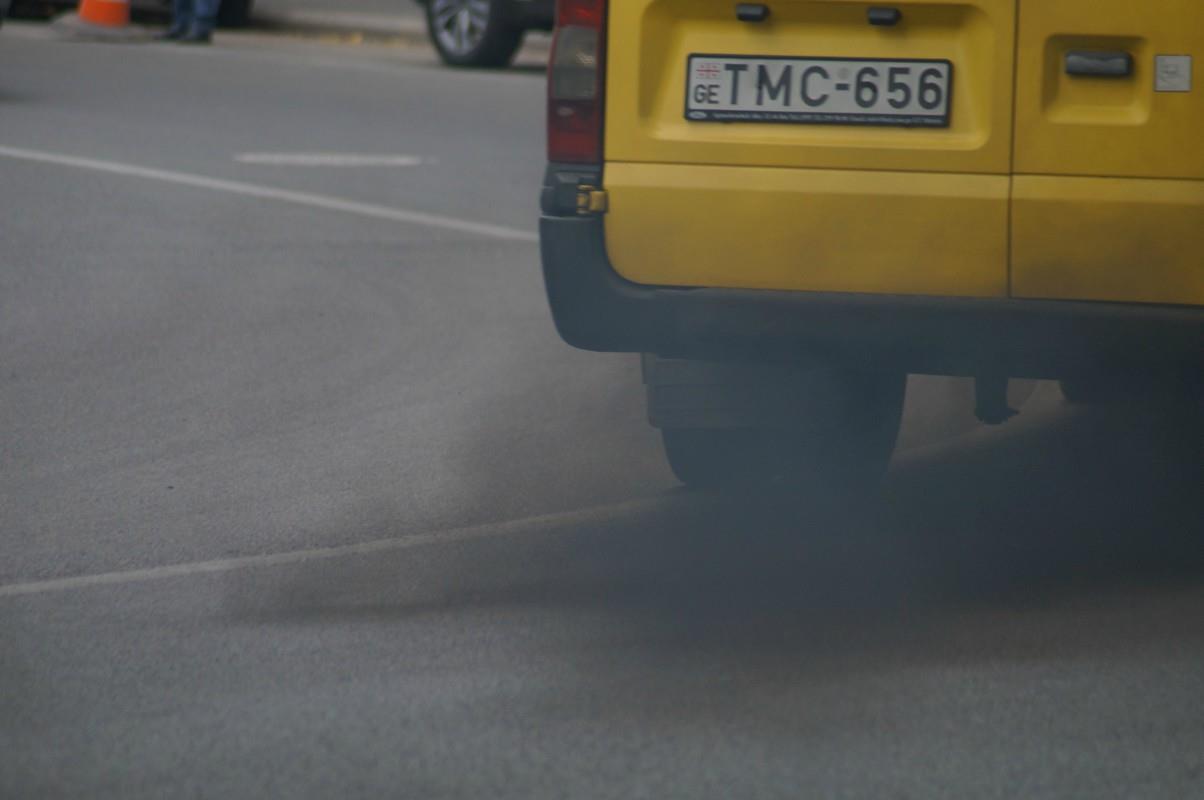
Vehicle import and traffic restrictions
All motor vehicles do not pollute the air in the same way. For example, old cars and diesel-powered vehicles emit more toxic substances. Consequently, it is possible to restrict the importation or trafficking of such vehicles in certain (as a rule, the central and more congested) areas of the city, and there is already such a practice in European cities.

Improvement of public transport
No matter how much we do to reduce the emissions of certain vehicles, we should not forget that the air is polluted by every vehicle. Therefore, one of the key objectives of government policy should be to reduce car use in general and the main precondition for this is to encourage the use of alternative means of transportation. That means, first and foremost, improving public transport.
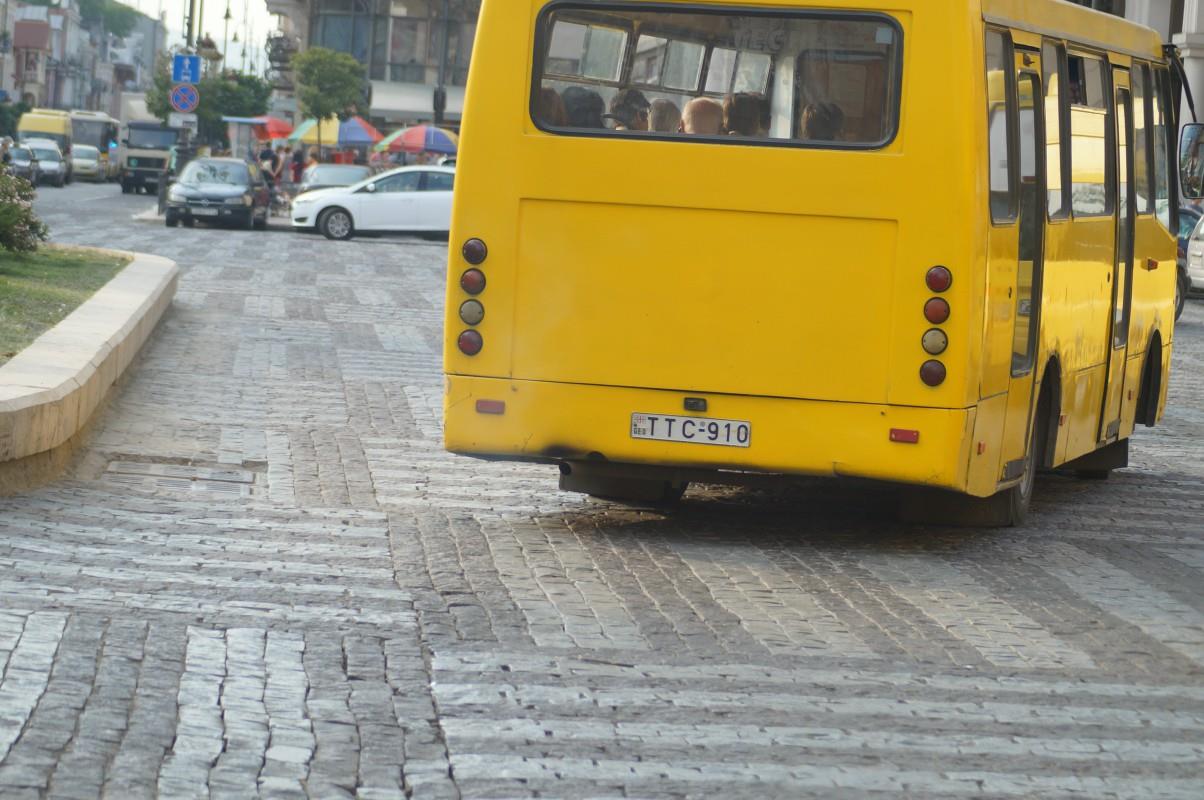
The present condition of our public transport system is such that the majority of people who have sufficient financial means prefer to travel by a private car rather than to take a bus or travel by metro. As a result, the city is becoming more and more congested by vehicles every year. Meanwhile, social media is full of comments by the people who are discontent with the quality of the public transport. All the aforesaid is the result of negligence with regard to public transport that the government has carried out during the decades, as well as the lack of state investments in this particular sphere.
Encouragement of walking by foot
Walking/hiking is the most ecofriendly form of movement. In addition, the comfort of walking in the city is directly related to the popularity of public transport. Simply said, if few people take busses, then it is hard or impossible to get home from a bust stop on foot. In order to ensure that more people travel on foot, it is necessary to make sidewalks safer, more comfortable, enjoyable and interesting. This is an important task of urban policy that the government is still unable to tackle.
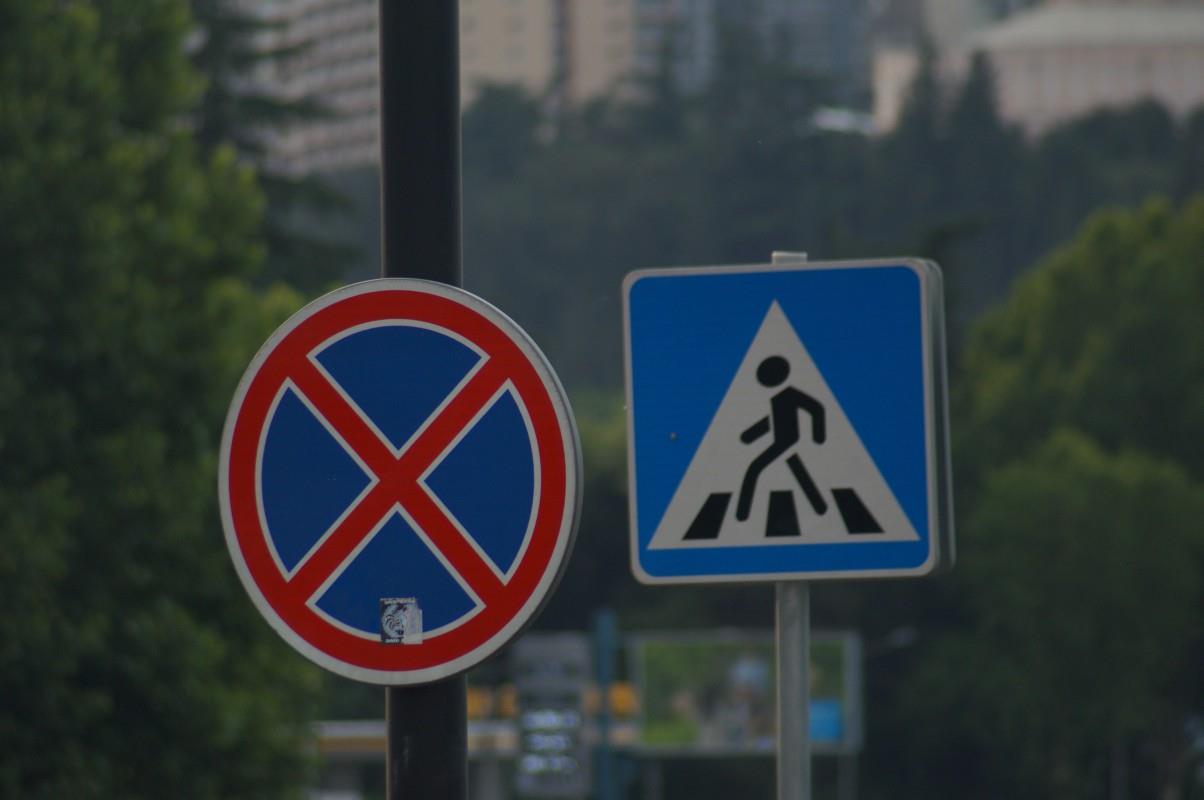
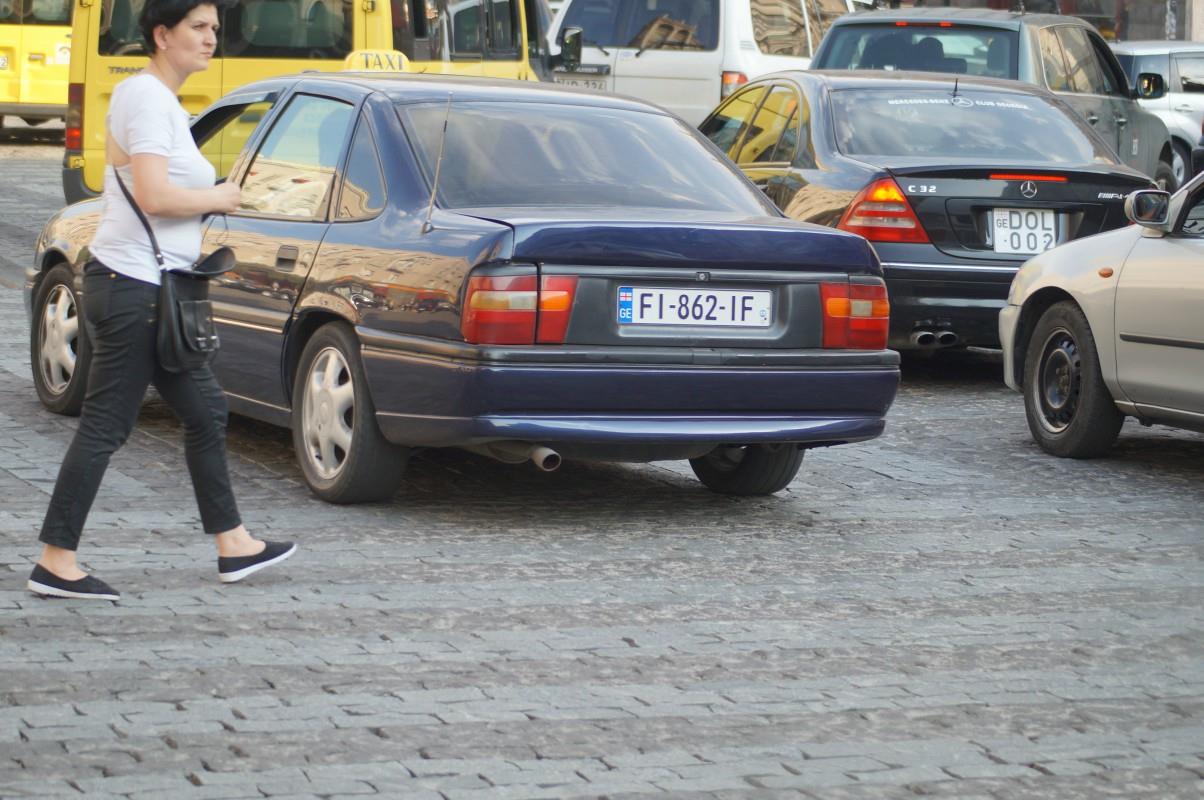
Taking care of vegetation
Trees cannot fully neutralize vehicles’ hazardous emissions. Therefore, landscaping cannot be viewed as alternative to the aforementioned measures aimed at the reduction of toxic emissions. However, since trees can partially clean the air from emitted hazardous substances, the preservation of vegetation should be one of the elements of the complex policy for the creation of a healthy environment in the city.
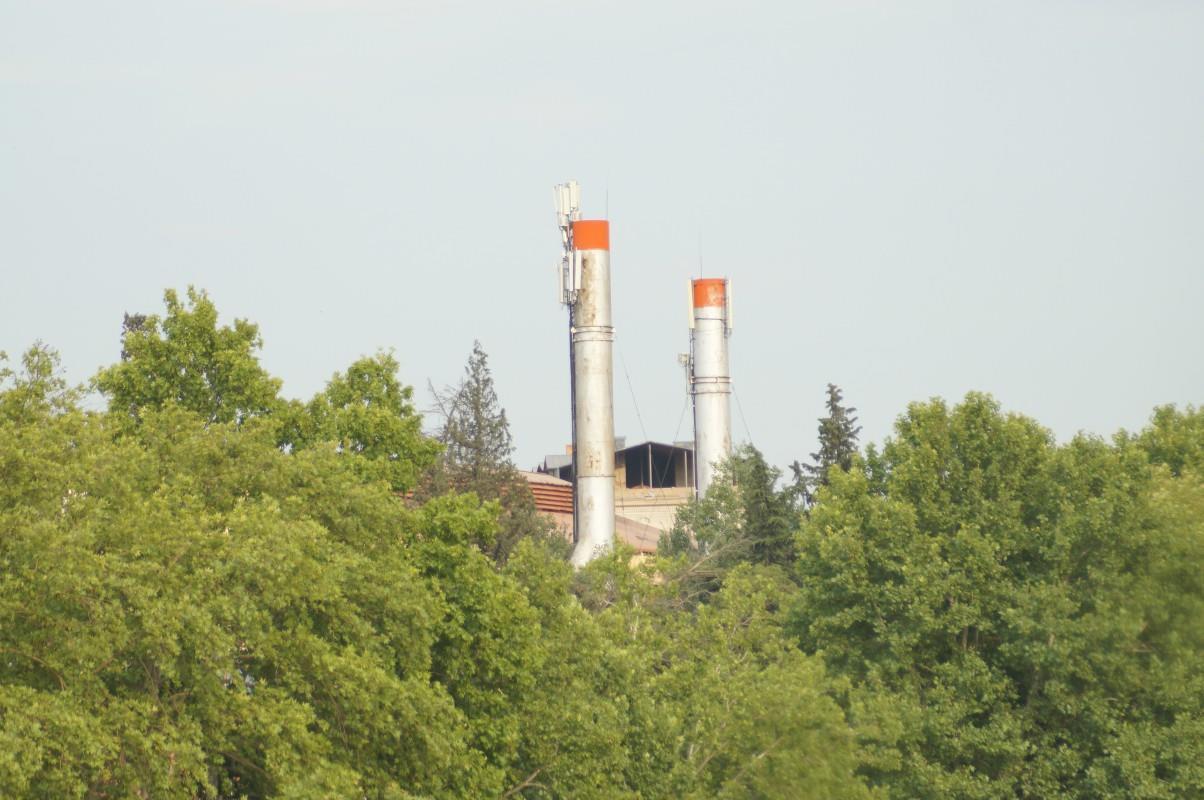
At the same time, two aspects should be taken into account:
- Big trees make a significant contributors in purifying the air. Therefore, the primary objective of urban landscape policy should be to preserve decades-old trees (if planted now, a tree will produce the same effect in several decades).
- In terms of city landscaping, the priority should be given to densely populated residential areas with high vehicle congestion. Landscaping of any area is certainly welcomed, though, we should mind that a tree planted in a field outside the city is unlikely to neutralize the local negative effect from car emissions, let’s say, on Aghmashenebeli Avenue. We have scarce financial resources and we should direct them wherever they are required most of all.
Published: 30.0.2016













